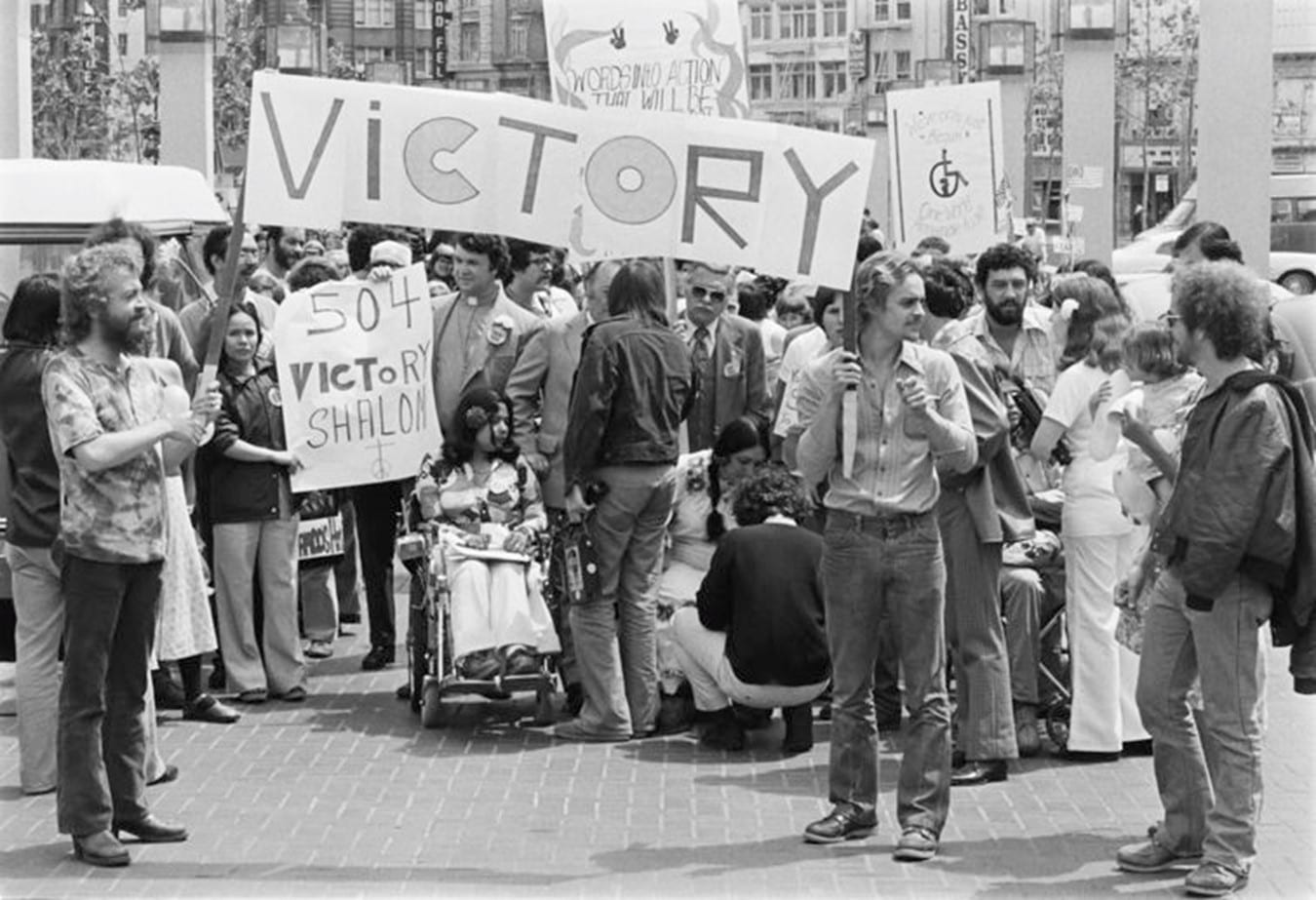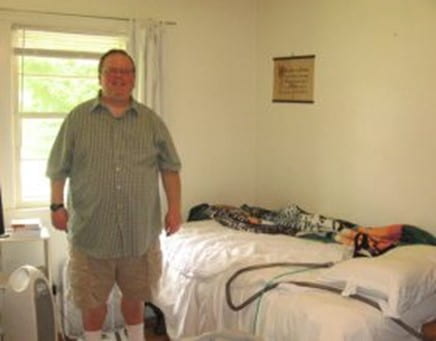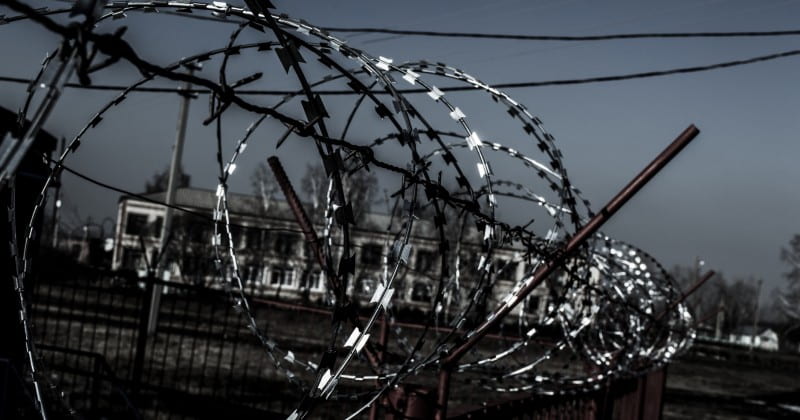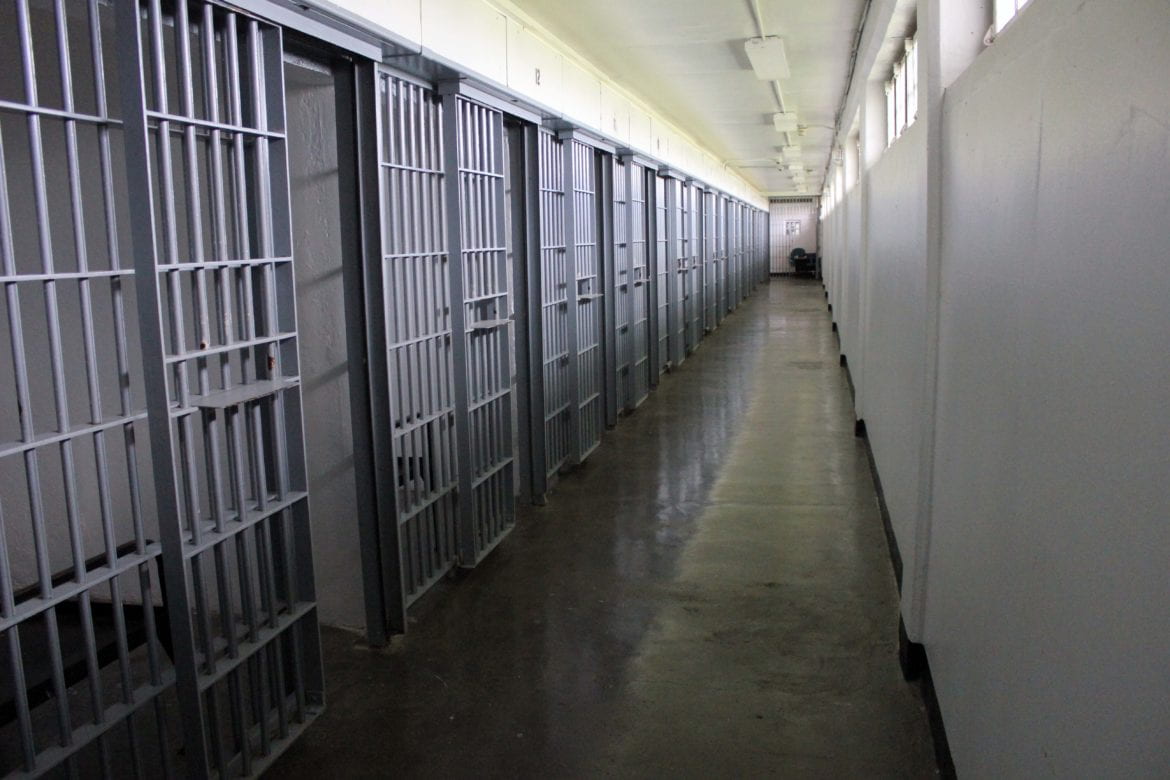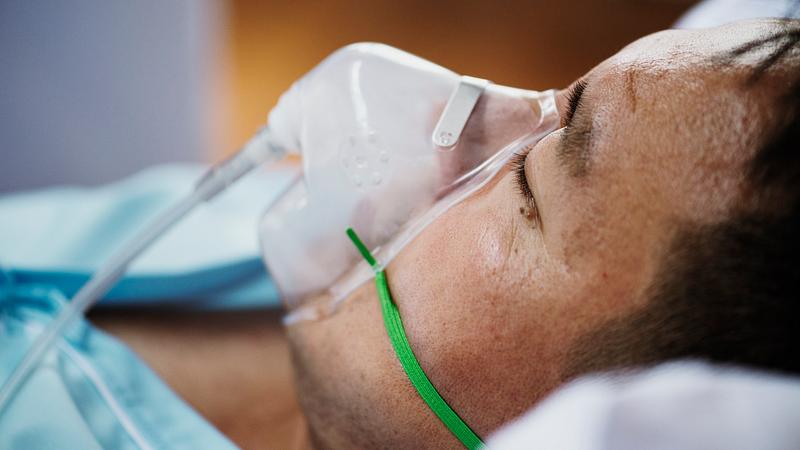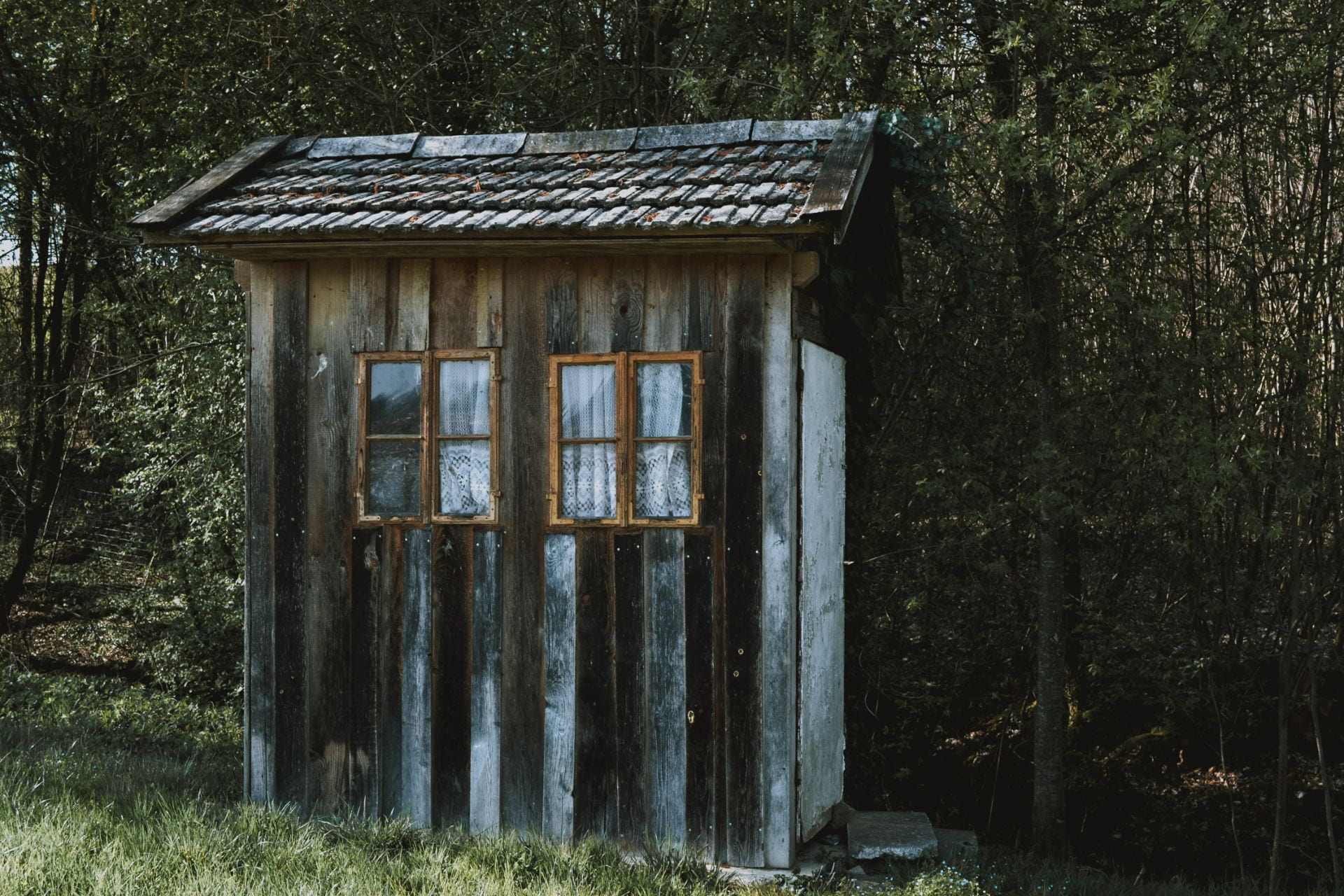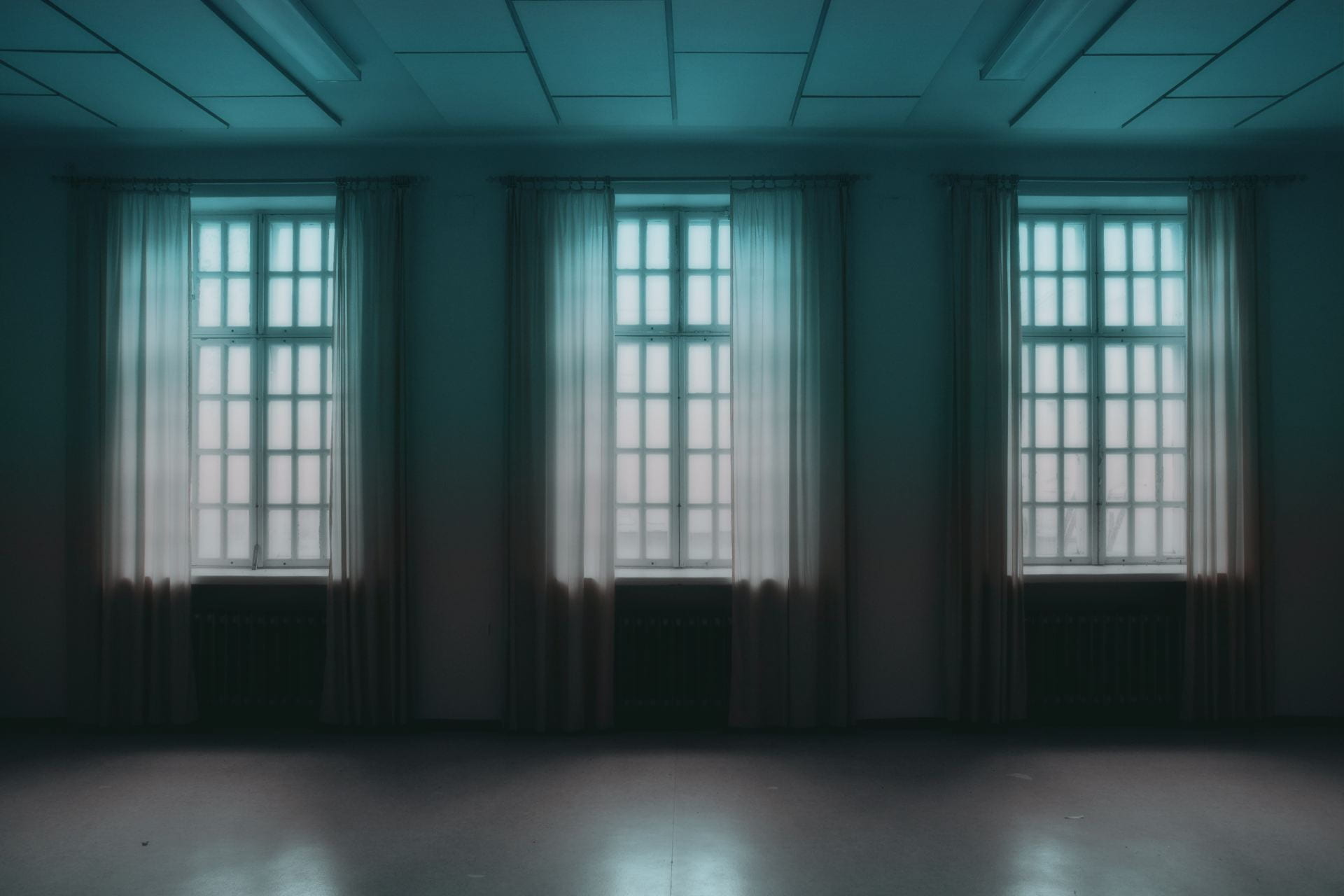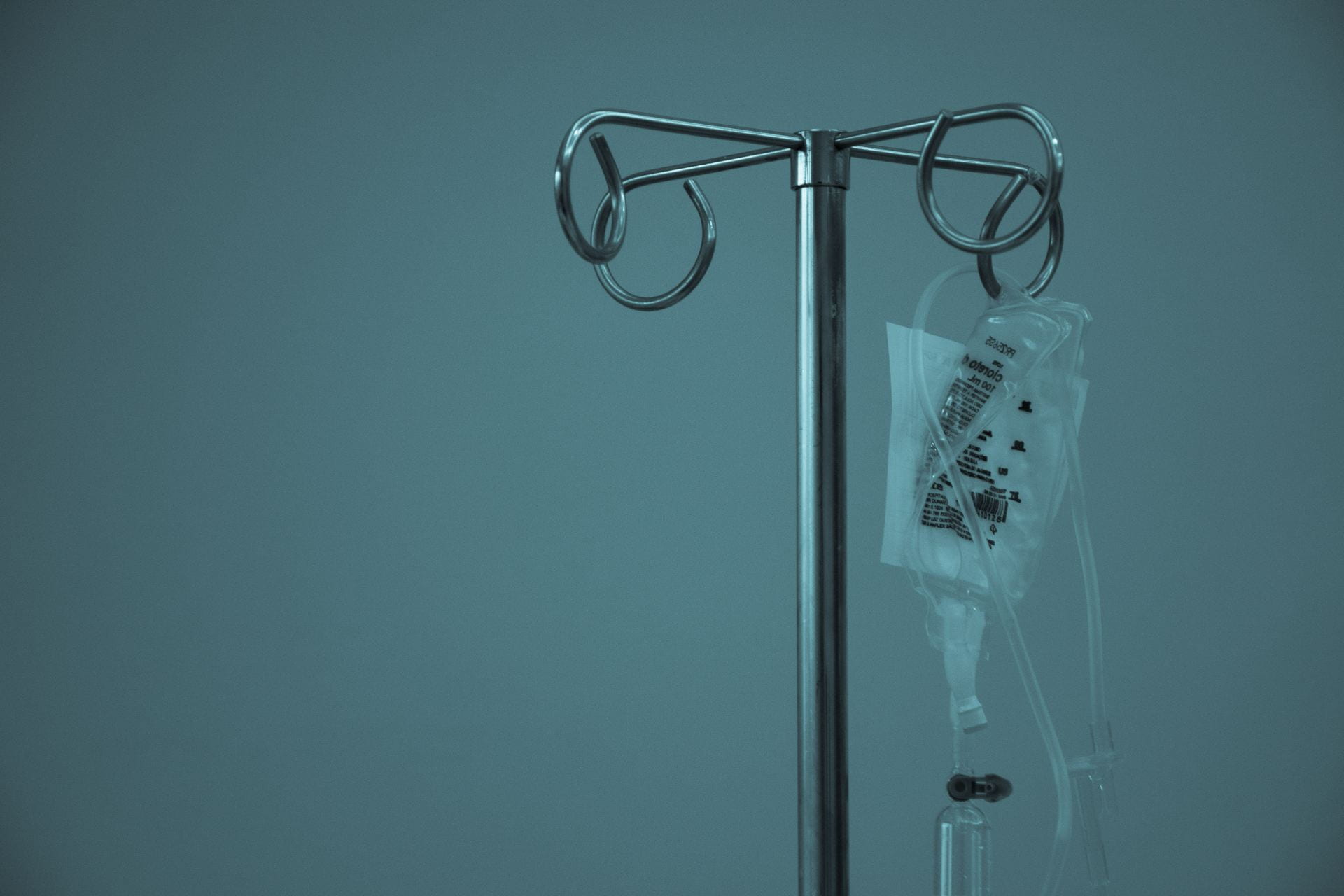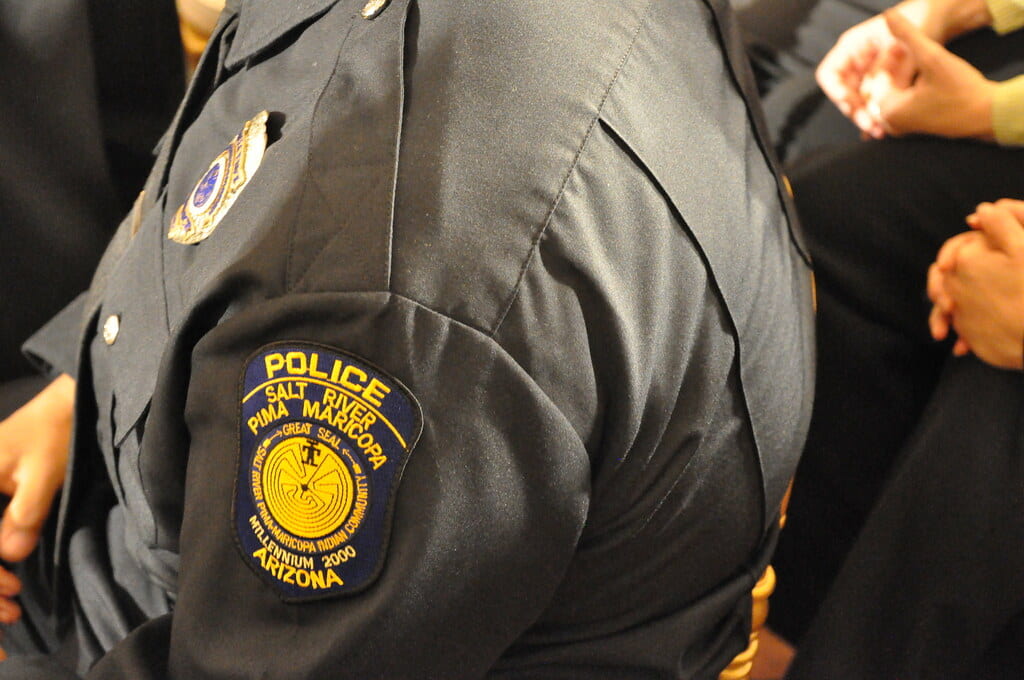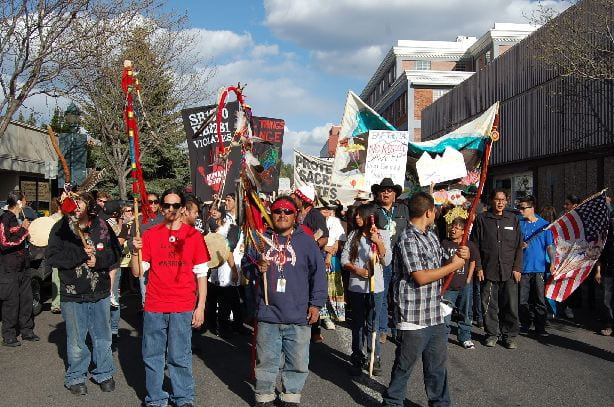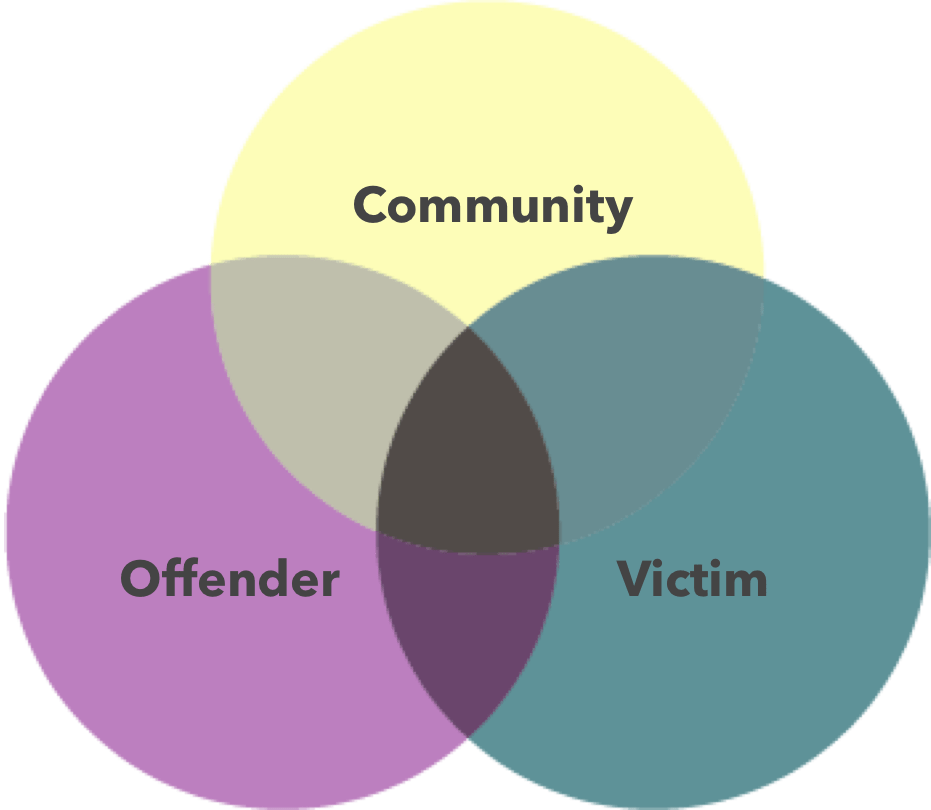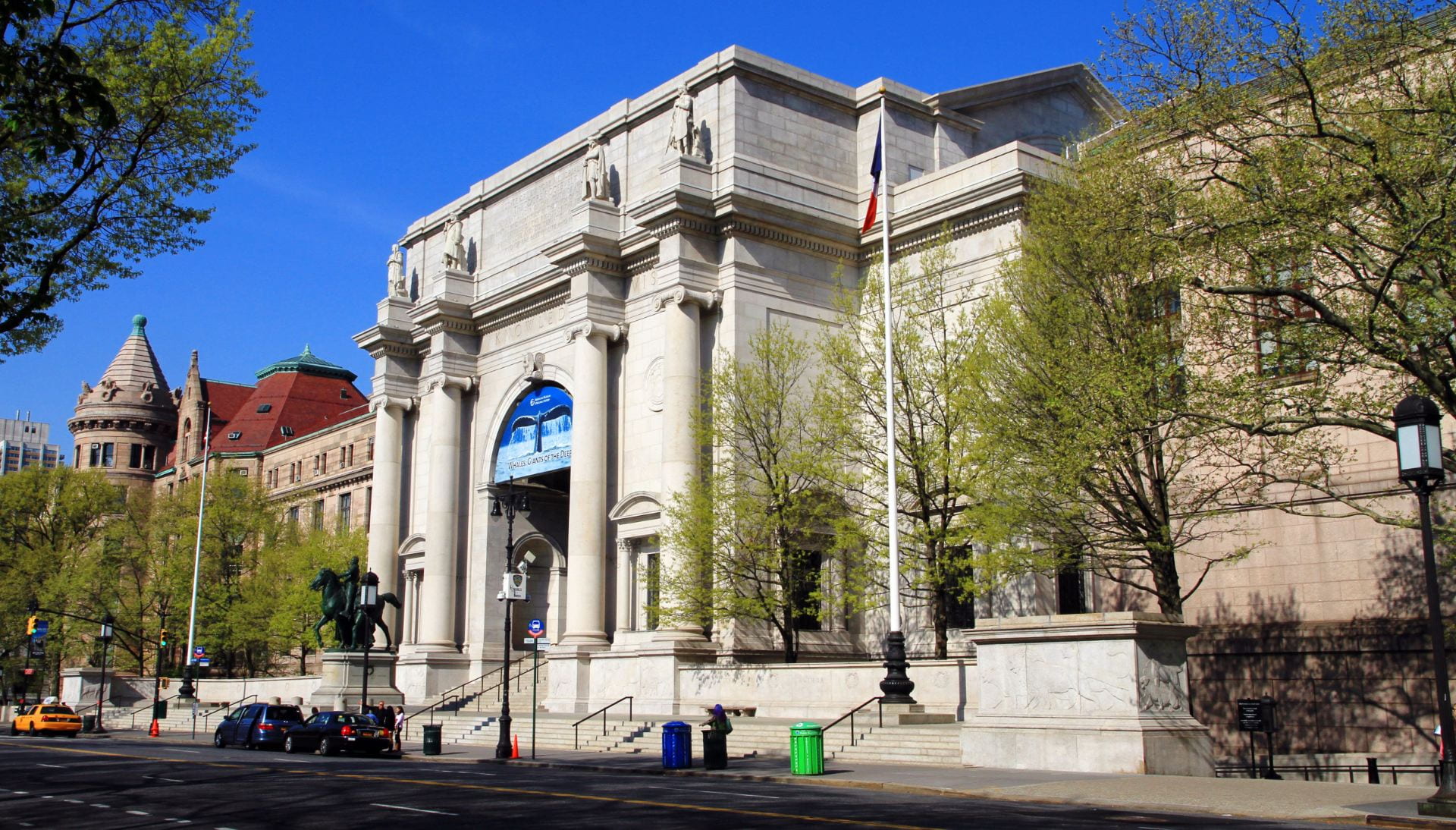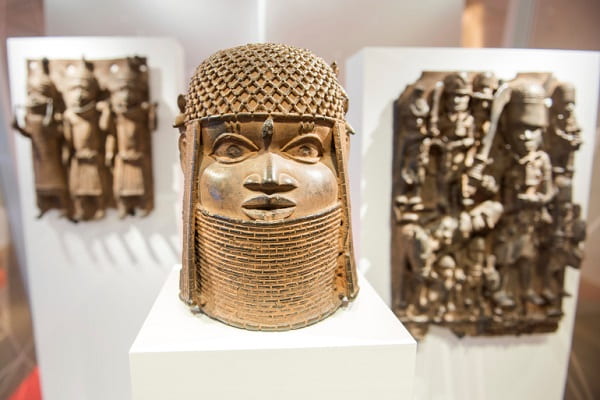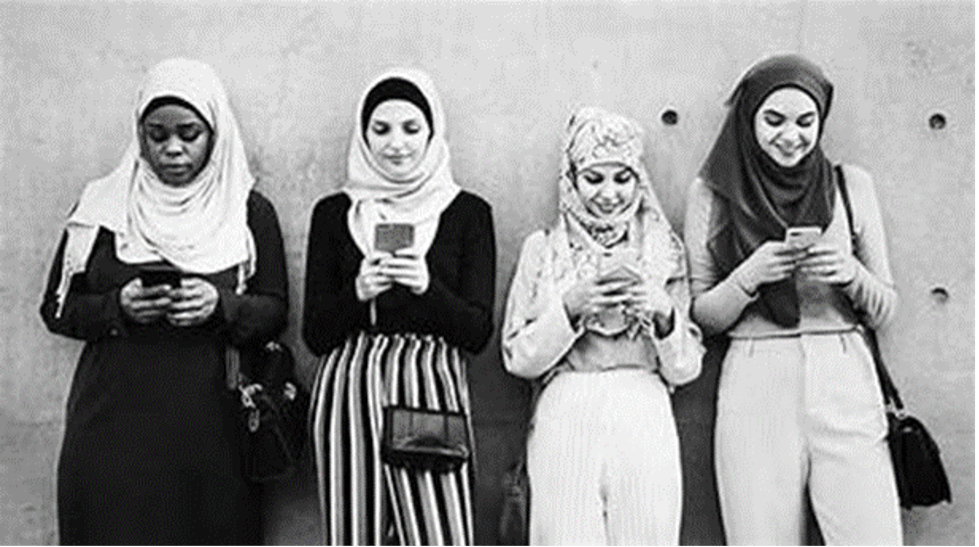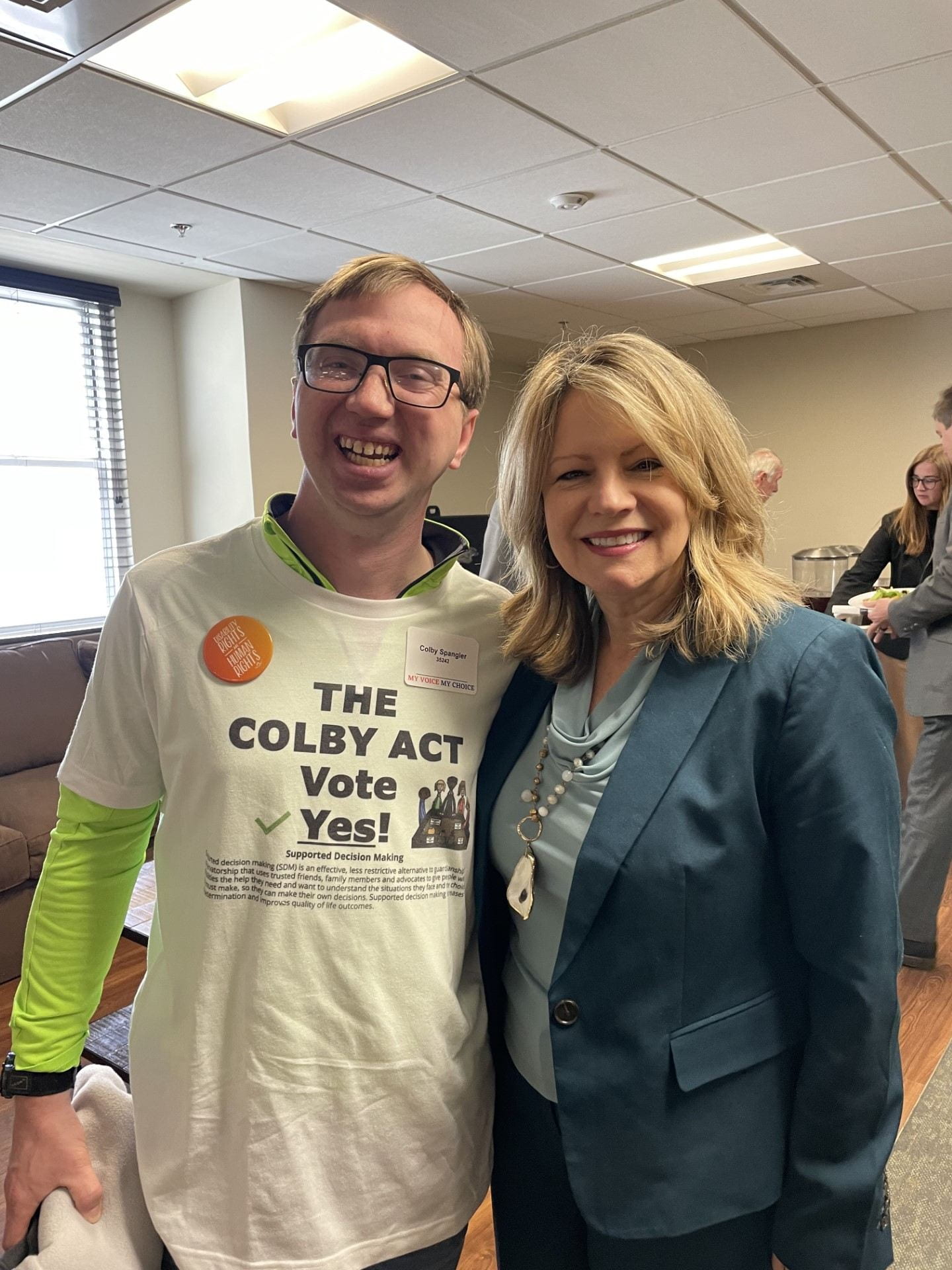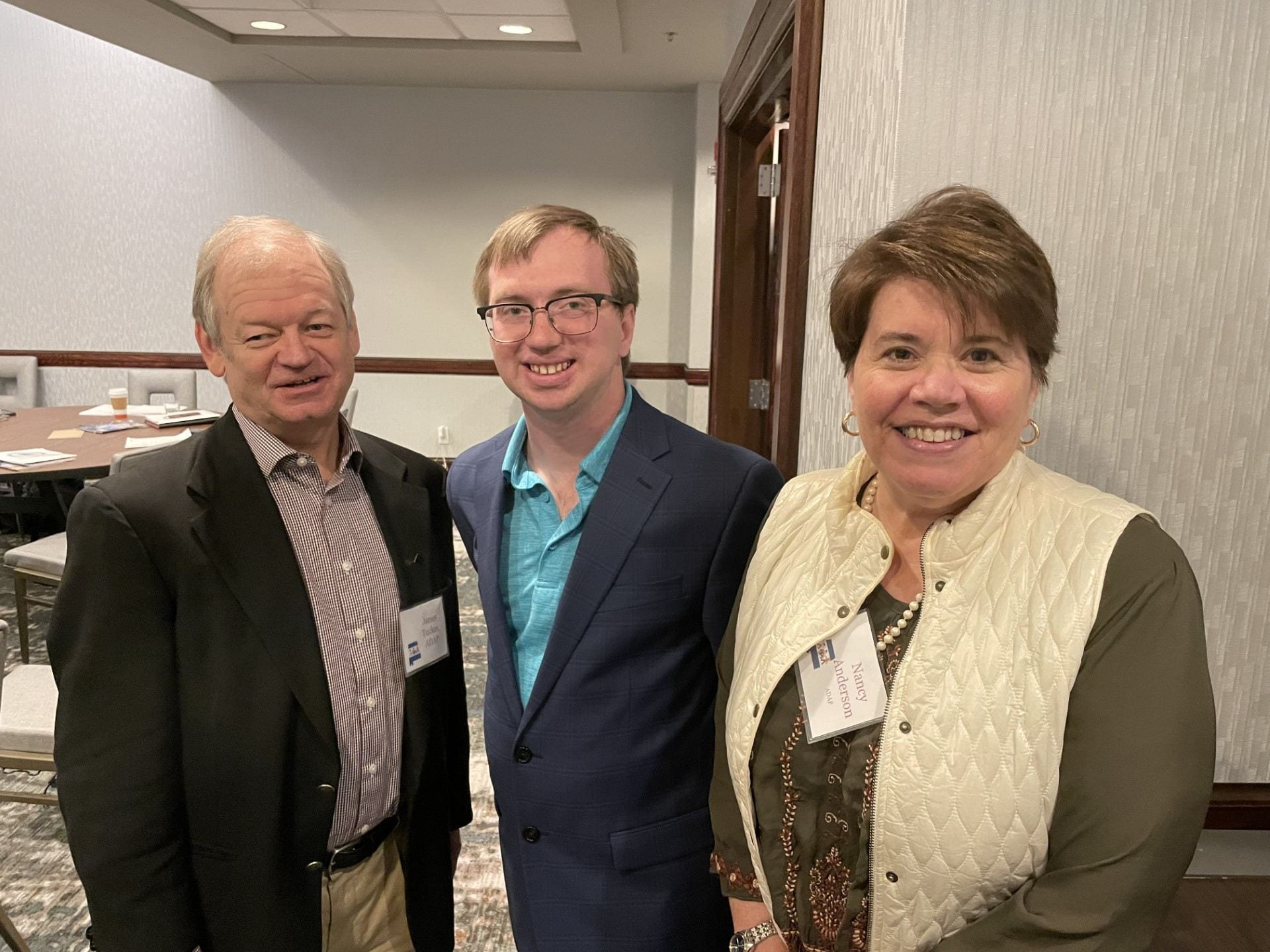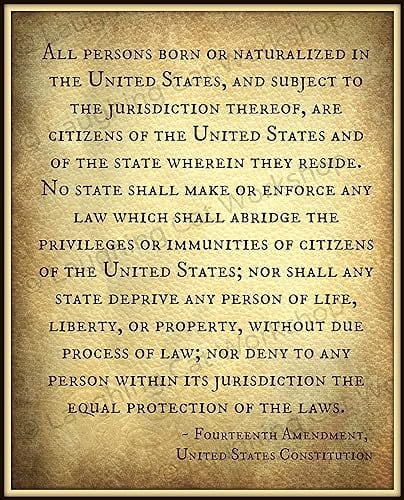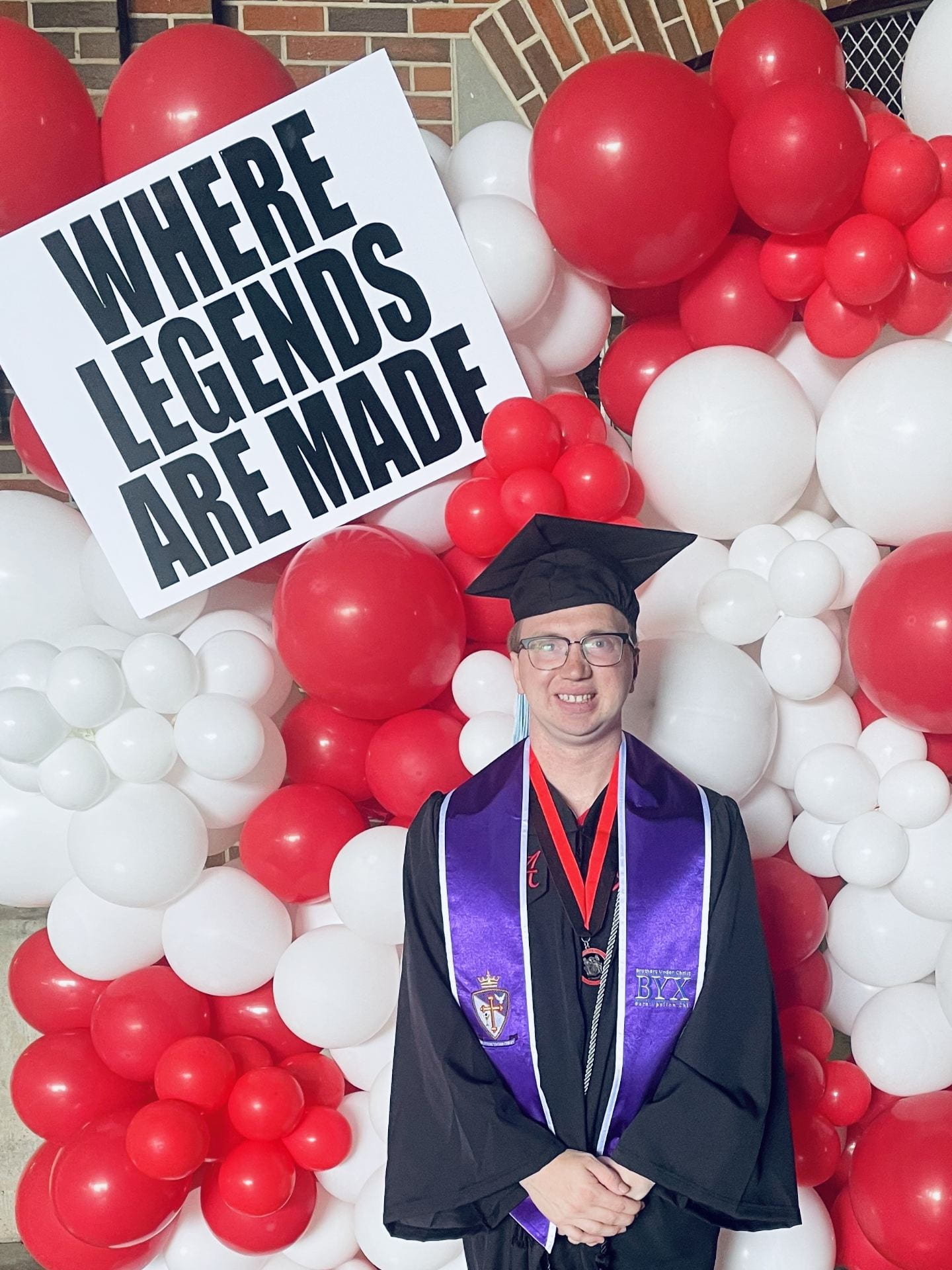by Jillian Matthews
Poland is a highly polarized nation, with many valuing tradition, culture, and national identity. The combination of these three components, along with repeated rightwing electoral victories, has led to the democratic backsliding of the country, seen in their overreaching policies regarding women’s reproductive rights, LGBTQ+ rights, and judicial reform. Although many human rights violations have happened throughout the country in the past few decades, the results from the most recent election, held on October 15, 2023, have the potential to expand rights to more citizens in the country. To properly describe its importance, I will explain the political context surrounding this recent election before moving on to discuss the future administration and its potential impacts on human rights.
Political Context
Even while under communist rule, Poland has been a predominantly Catholic state, with an overwhelming majority continuing to practice Catholicism today. Traditional Catholic values continue to influence Poland’s political policies and the opinions of many citizens. This influence is most notably seen in the rise of the Law and Justice Party (PiS), with its social policies rooted in Catholic norms and having close relations with the Catholic Church. Up until the October election, PiS controlled the government and had, since 2015, used its eight years of authority to undermine democracy and human rights. These influences have shaped the repressive policies on issues such as women’s autonomy, LGBTQ+ rights, and judicial practices. Listed below are the current status of these issues, showing the political climate leading into the 2023 election.
Women’s Bodily Autonomy
Under the current administration, abortion has continued to be a huge issue. While abortion was essentially banned in 1993, a 2020 amendment tightened restrictions even further. The recent change eliminated the option for abortion even when the fetus is known to have developmental problems or health conditions incompatible with life outside the womb. Prior to the ban, around 90% of all abortions performed in Poland happened for one of these two reasons: after 2020, women were required to carry even unviable pregnancies to term. While abortions are allowed when the life of the mother is threatened, this doesn’t mean that doctors will provide the necessary care. Countless stories have been recorded of Polish doctors overlooking women’s birth complications, favoring the life of the child, even when the child is unlikely to survive and the mother is likely to die or suffer lifelong complications.
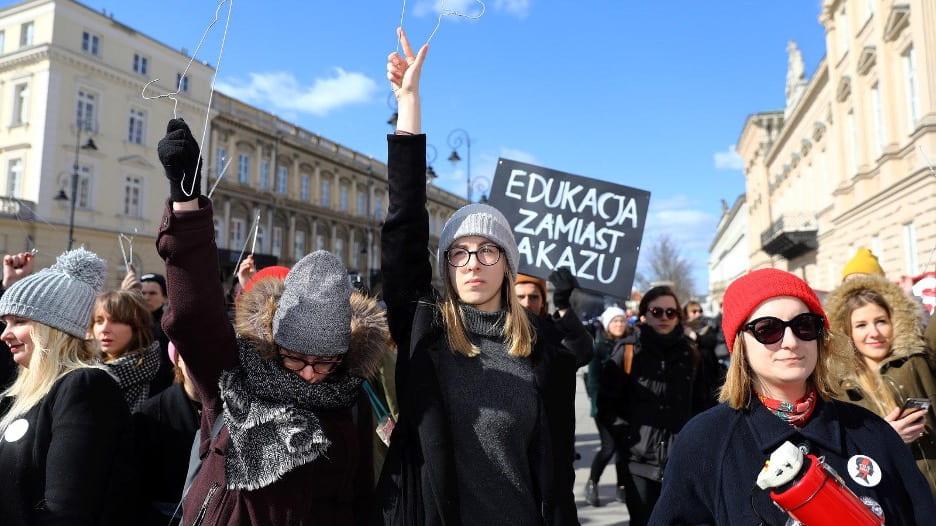
In cases where an abortion is not deemed essential to save the life of the mother, doctors who carry out abortions are subject to punishment. If caught aiding an abortion, . This puts women and their doctors in a dangerous position, with women unable to access necessary help and doctors unable to provide adequate assistance without fear of imprisonment.
Not only is abortion increasingly difficult to obtain, but so is contraception. Out of all European countries, Poland ranked the lowest in terms of contraception access. For example, unlike in many European countries, Poland prohibits access to emergency birth control and hormonal birth control without a prescription. All of this shows the lack of women’s bodily autonomy, which can be interpreted as violating the human right to health and poses a threat to all women in Poland.
LGBTQ+ Rights
Those in the LGBTQ+ community face frequent discrimination and a lack of legal protections throughout Poland. Even since the adoption of the modern Polish Constitution in 1993, marriage is seen as proper only when between a man and a woman, meaning that gay couples receive no legal protections when married. Under PiS, steps were taken to further ensure traditional family norms, as seen with the party’s campaigning for a “family charter,” which sought to end marriage between gay couples and eliminate their ability to adopt children. This, along with a rising number of Polish cities that have decided to implement so-called “LGBT Ideology Free Zones,” has led to a climate that actively oppresses those within this community.
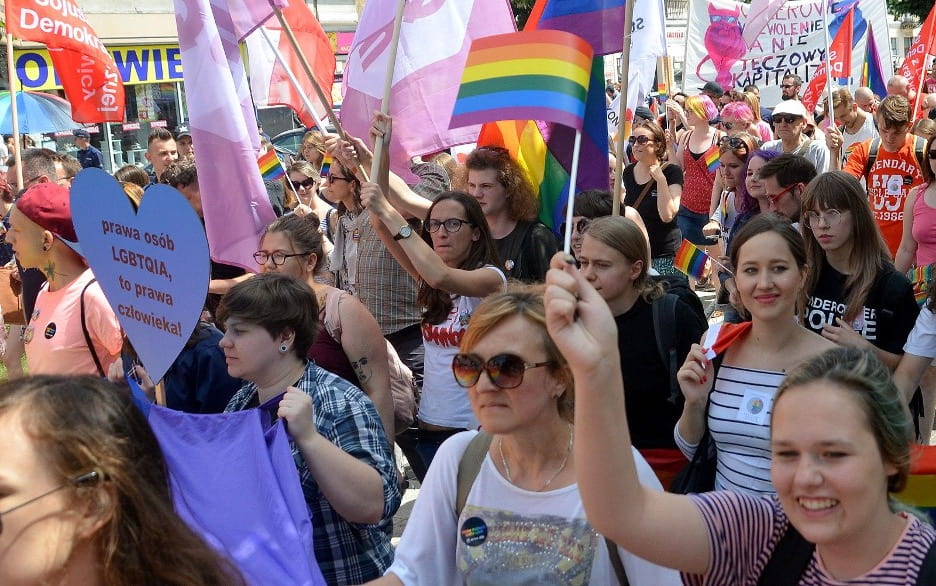
Throughout the European Union, Poland ranks the worst regarding LGBTQ+ rights, with only 15% of family, equality, and recognition rights being obtained. Unfortunately, activists cannot look to the Universal Declaration of Human Rights (UDHR) for assistance, as the document lacks protections on the basis of gender identity or sexuality. This omission of rights from the UDHR makes it nearly impossible for LGBTQ+ members to advocate for legal protections, having no doctrine to support their claims. Not only does this issue show that changes need to be made within Poland, but also the need to expand protections within the UDHR to provide a solid foundation for other advocacy groups worldwide.
Judicial Protections
Human rights concerns in Poland go beyond social issues; in fact, they bleed into the governmental structure itself. In 2019, a law was passed that undermined judicial independence, allowing the government to punish judges who question the legal changes made by PiS. This raised serious global concern, as this move would have allowed the executive branch to have control over the courts effectively, eliminating one of the greatest checks on executive and legislative power in Poland. This followed similar judicial changes that were ultimately made to serve the party. These changes included lowering the retirement age and appointing party loyalists to the Supreme Court. All of this led to the European Courts deeming these judicial revisions illegal in June 2023, making it an even more pressing issue leading into the latest election.
This infringement on the separation of powers causes a genuine and well-defined human rights violation, going against Article eight of the UDHR Article eight grants all humans the “right to an effective remedy by the competent national tribunals,” which is not available when the government has major authority over court cases.
The Recent Election
Given these issues and the increase in authoritarian policies, voters were aware that the 2023 election was extremely important, as seen in the voter turnout rate of about 73%, the highest rate since the fall of communism in 1989. Before explaining further, it’s important to note that Poland has a parliamentary government, meaning citizens’ votes are translated up to the legislature as a percentage of party representation. For example, if a party gained 30% of the total vote, they would receive that much representation in the legislature. This is necessary to know when understanding the outcome of the election.
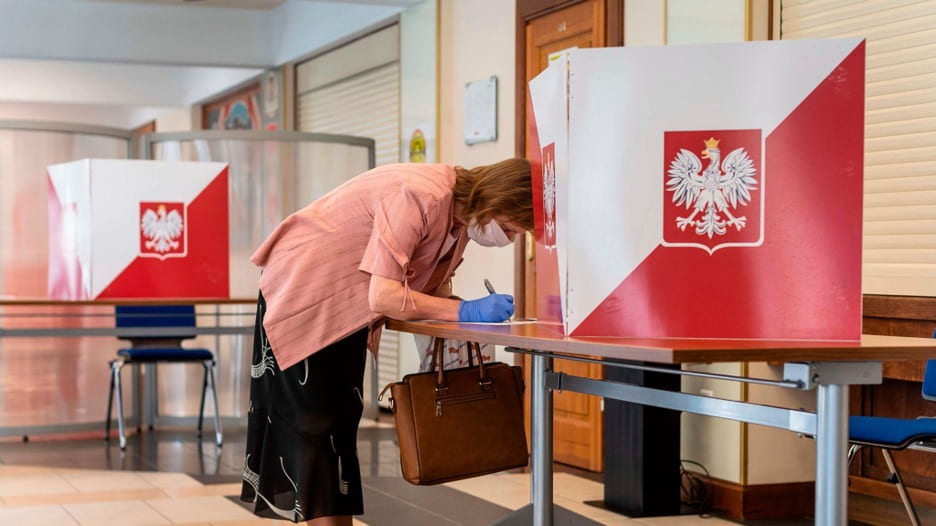
The Results
The results are as follows: the Law and Justice Party (rightwing) received a plurality of the votes, at 35.4%, Civic Coalition (center-left) received 30.7%, Third Way Coalition (centrist) at 12.4%, and Lewica (far-left) at 8.6%. While PiS holds a plurality, the remaining parties will likely form a center-left coalition, which would oust PiS from power and install a new government with a pro-democracy, pro-human rights agenda.
Likely Impact
Given the percentage of seats held by rightwing versus leftwing and centrist parties, progressive parties will likely assume power and work to steer Poland back to valuing democratic ideals and aligning more closely with the European Union. The three parties that are expected to form the new Polish government all promote democracy and pro-Europeanism, making it likely that action will be taken to support the oppressed groups mentioned above. It is also more probable that European Court rulings regarding the judicial branch will be respected and upheld.
Conclusion
In conclusion, the 2023 election results hold great promise in regard to human rights in Poland. As the Law and Justice Party (PiS) loses its grip on the government, a center-left coalition will likely form and create an overwhelming majority. Although these results won’t be officialized until December, many believe rights will be expanded under the new regime, and Poland can set a precedent for a return to liberal democracy within Central Europe.
